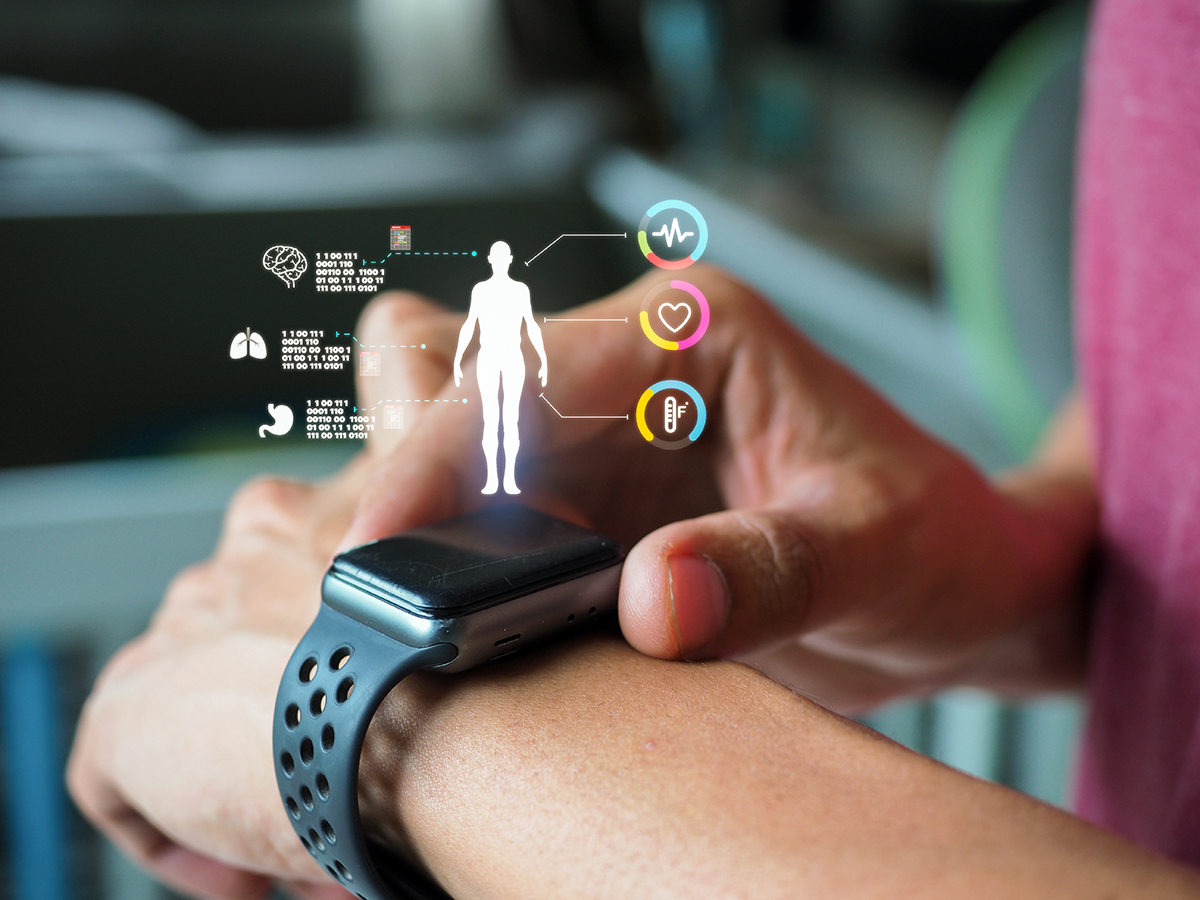
The 5 Trends that Will Shape Healthcare in 2020

Digital advances are driving innovation in all areas of healthcare. Robots have been proven to be more precise than surgeons and AI can diagnose cancers with a success rate of 99%. In 2020 cost pressures and regulatory change will act as the major catalysts for digital health treatments, which have a crucial role to play in delivering effective, fast, and cost-efficient patient care. For instance, digital health advances are helping to shift care to be based around people’s homes. Local care is not just more convenient and less stressful for patients, it also makes financial sense, when you consider the average hospital stay in the US is upwards of $10,000, totaling over $1 trillion annually in hospital services, and that 60 percent of all bankruptcies in the US are related to medical expenses.
As healthcare becomes increasingly digitalized, a robust legislative framework will be required to assure data privacy and security. To this end, the European Union has embarked on an ambitious plan for increased data interoperability with its European Health Data Space. Meanwhile, legislation passed late in 2019 in Germany paved the way for doctors to prescribe digital health apps, shift to e-prescriptions, get paid for online consultations and receive higher reimbursements for electronic health records.
The transformation of traditional value systems in healthcare will continue to accelerate as patients increasingly become better-informed health “consumers”. Thanks to digital, the “value pool” is shifting in this industry, resulting in cost savings for patients thanks to better system efficiency. 2020 will also see the introduction of “standalone” 5G, which will enable the adoption of an almost limitless number of applications involving AI, big data and the IoT. Many healthcare-related high-bandwidth projects will be set free by 5G’s connectivity, bringing therapies from within hospitals into the field.
Here are the five digital trends that will disrupt and energize the healthcare market in 2020:
1. The rise of the chatbots
Dr. Google is already a popular first port of call when symptoms strike. Perhaps it is no wonder that improvements in NLP and connectivity are helping chatbots become one of the fastest segments in digital health, expected to be worth more than $314 million by 2023. As chatbots gain acceptance more broadly, so the initial distrust surrounding them has reduced. Polls repeatedly demonstrate that people want the benefits that come with automated help within healthcare, and doctors are increasingly prescribing apps that enable faster access to medical care, prescriptions and even help to navigate medicines and hospitals. Watch this space as chatbots help guide us through the sometimes confusing world of symptoms, processes, and medication in 2020.
2. Sensors are taking the guesswork out of medicine
Medicine won’t work if you don’t take it. Seems obvious, huh? Yet medication non-adherence, as it is known, is a big problem in both developed and less developed markets, though for different reasons. Medication non-adherence has been referred to as “America’s other drug problem”. It is estimated that medication adherence is just 50 percent for those with chronic conditions. Typically rates of 80 percent or more are needed for treatment to work effectively. In other words, this is a huge challenge. That’s where smart wearables, bio-sensor patches and even ingestible “smart pills” can help to monitor how much medication has been taken and to alert/remind the patient as needed. Apexon helped to test the first ingestible sensor for medicines, so we know first-hand the potential of this digital health advance. One of the ways that technology is further refining how doctors prescribe drugs is by enabling far more granular, personalized treatment based on in-depth data about how the patient is responding to drugs in real-time, their health profile and even their genetic predisposition. As standalone 5G is adopted, expect exciting developments in this area.
3. AI – Driving Analytics, Automation, and Robotics
When we talk about 5G enabling the IoT to flourish, whether as wearables or the myriad other devices that will soon be able to “talk” to each other, we need to take into consideration the massive amount of data this is already producing and will continue to produce. Healthcare data is growing faster than data in any other sector. AI and machine learning technologies will play an increased role in both managing and analyzing the data output, and the ability to put these technologies to work will be a key differentiator for healthcare organizations.
AI’s role in advancing genomics and cancer diagnosis through big data analytics is already well known, and we will continue to see breakthroughs in these fields. AI in the form of RPA platforms will make serious inroads into alleviating the admin burden in healthcare. Finally, 2020 will be an exciting time for the field of robotics, where AI is already augmenting workforce capabilities.
4. Harnessing VR and AR for Healthcare
While VR and AR technologies have been around for some time, their compute-intensive nature has always constrained their application in everyday life. VR is already being used to improve mental health, to help children with autism, to aid cognitive function recovery, to study disease and to train surgeons. 5G will enable these amazing use cases to scale massively because they will no longer be restricted to use in hospitals by high-bandwidth connectivity requirements.
5. 3D Printing
Advances in material science, manufacturing, and digital engineering are enabling 3D printing to come of age. 3D printing was used in to build a space rocket for the first time in 2019, while in the field of surgery, 3D printed prosthetics, tissue and organs are revolutionizing medical procedures and quality of life for patients. Digital engineering is enabling highly contextualized, responsive 3D printing, for instance, patient-specific organs. 3D printing projects are becoming increasingly cost-effective, thanks to the highly agile software infrastructure underpinning them, capable of continuous innovation and design alteration.
Learn how Apexon can put digital to work in your business in 2020. Fill in the form below.




